The Secret Meanings in These 30 Popular Objects
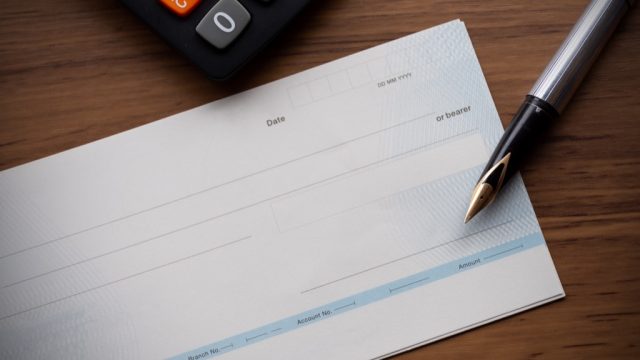
Once objects become a part of our everyday lives, we pretty much stop questioning their make-up and meaning entirely. A zipper is a zipper, so who cares what those three letters printed on it mean? And as long as you get from one destination to another, does it really matter if you know what every symbol on your gas gauge stands for?
Sure, you might have made it this far without knowing why there are ridges on coins and what the roman numerals on tape measures mean, but that isn’t to say that you won’t benefit from finding out. On the contrary, learning the secret meanings in objects might actually help you make smarter purchases and use your objects more wisely. Herein, we’ve rounded up the secret meanings in objects you see almost every day.
1
The Three Letters on the Penny
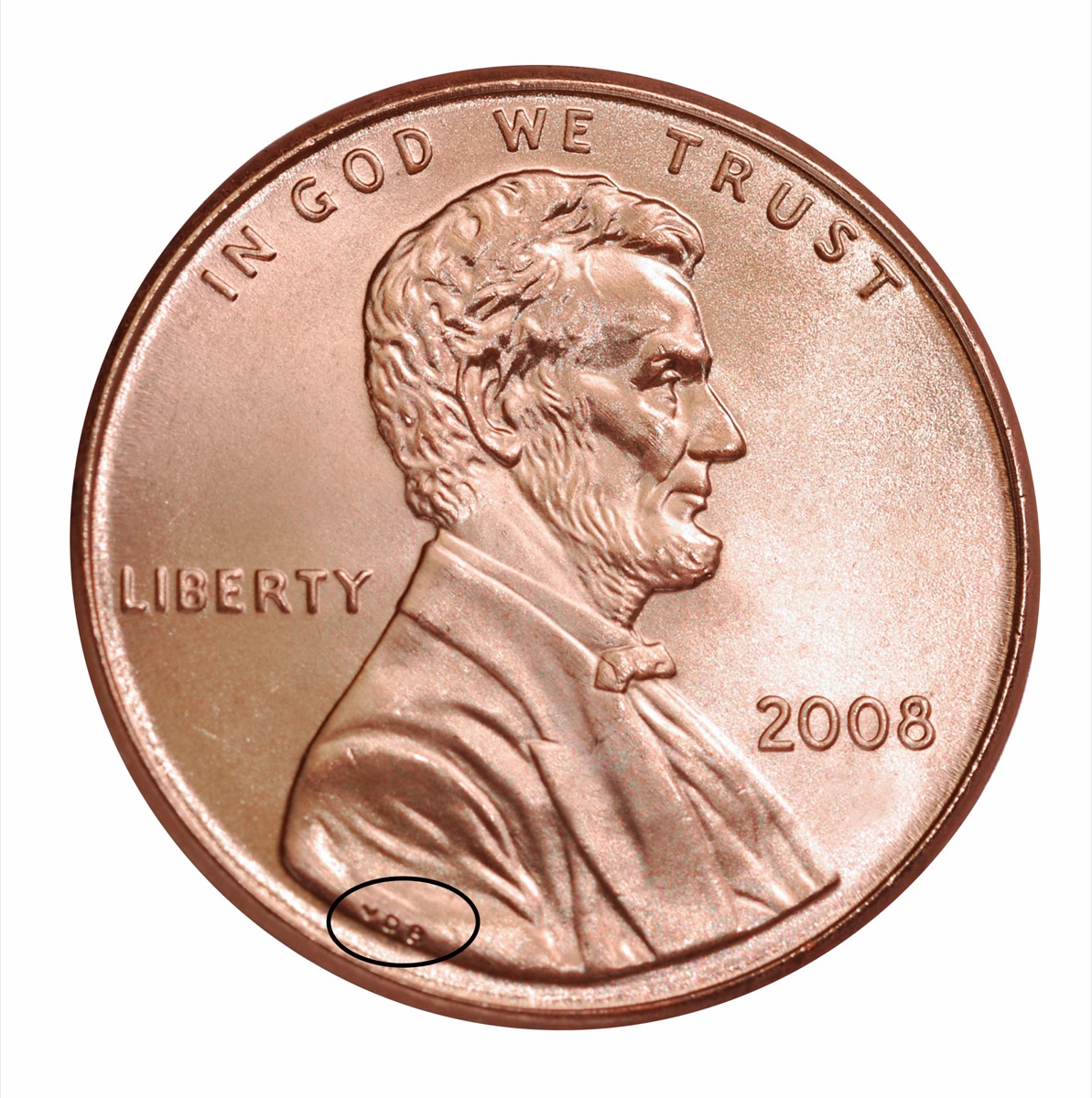
On Lincoln’s right shoulder on the U.S. penny, you’ll find the letters VDB. These are the initials of Victor David Brenner, the engraver and medalist who designed the very first penny and whose Lincoln portrait we still use on the penny today.
2
The Power Symbol
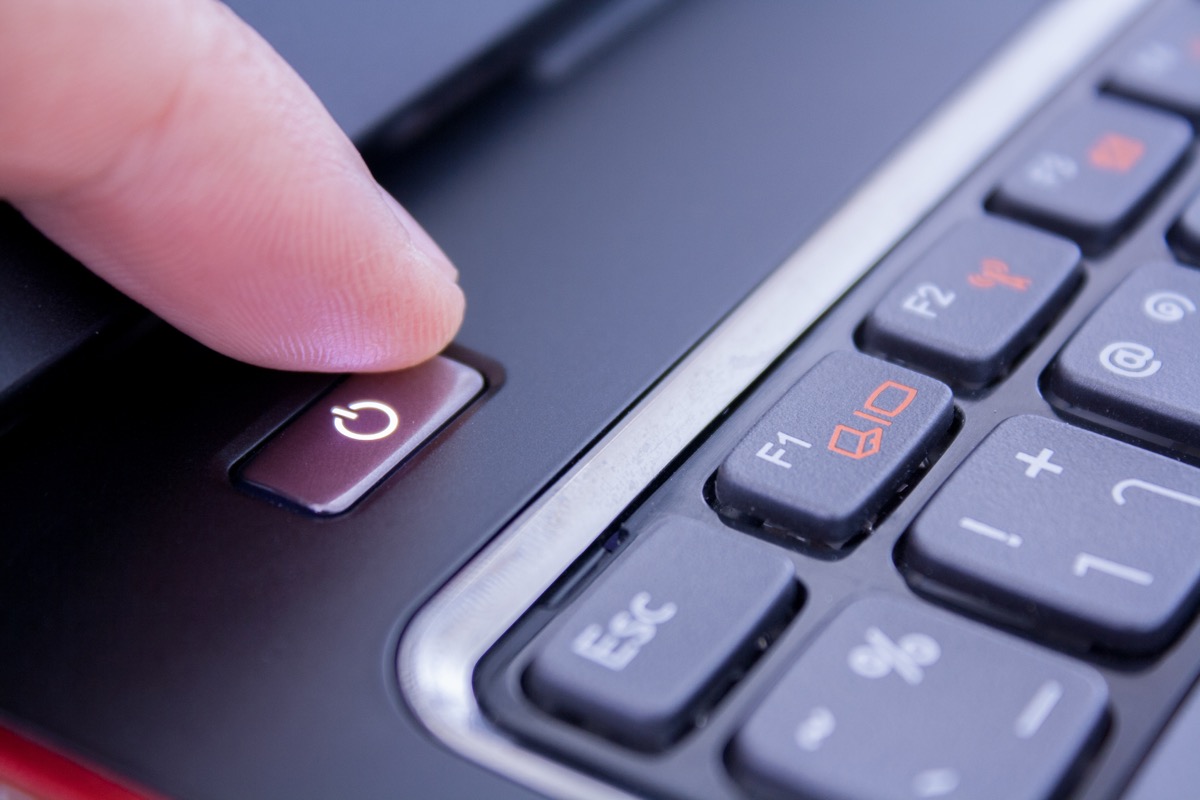
There’s a surprising secret meaning behind the design of the power symbol on your computer. According to Gizmodo, this symbol dates as far back as World War II and is binary code for a “standby power state.”
3
The Letters “YKK” on Your Zipper
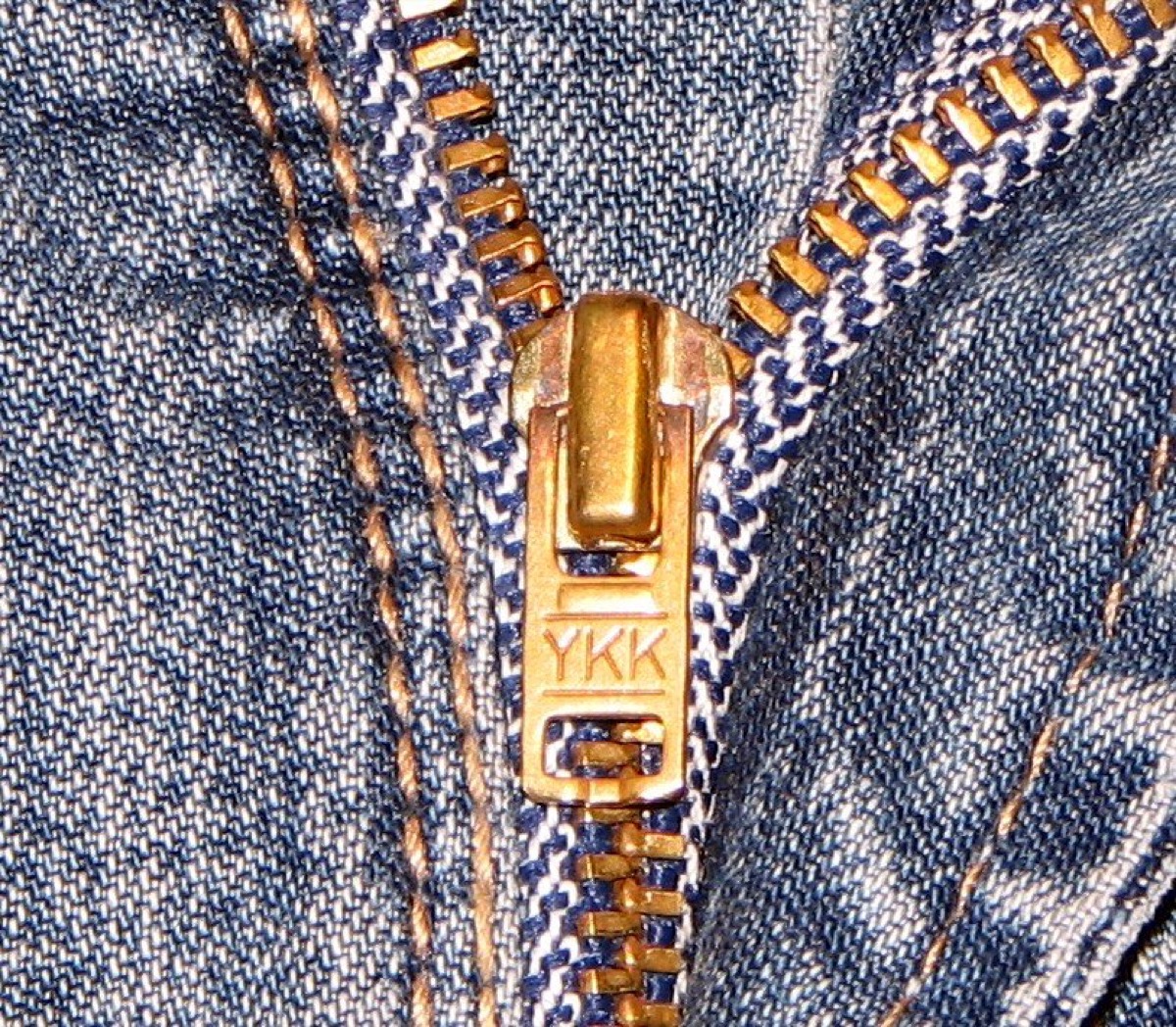
The letters YKK aren’t printed on your zipper just because. Rather, those three specific letters appear on more than half of all zippers made globally as they are the symbol of the world’s most ubiquitous zipper manufacturer, the YKK Group.
4
The Arrow on Your Gas Gauge

Even after driving the same car for years, it’s all too easy to forget which side of the car your gas tank is on. Luckily, many automobile manufacturers had this in mind when designing their dashboards. In certain cars, you’ll find an arrow next to the gas pump icon on your dashboard, the direction of which indicates which side your tank is on. (For the car above, for instance, the arrow next to the gas pump is pointing to the left, meaning that the gas tank is on the left side of the car.)
5
The Signature Line on Checks
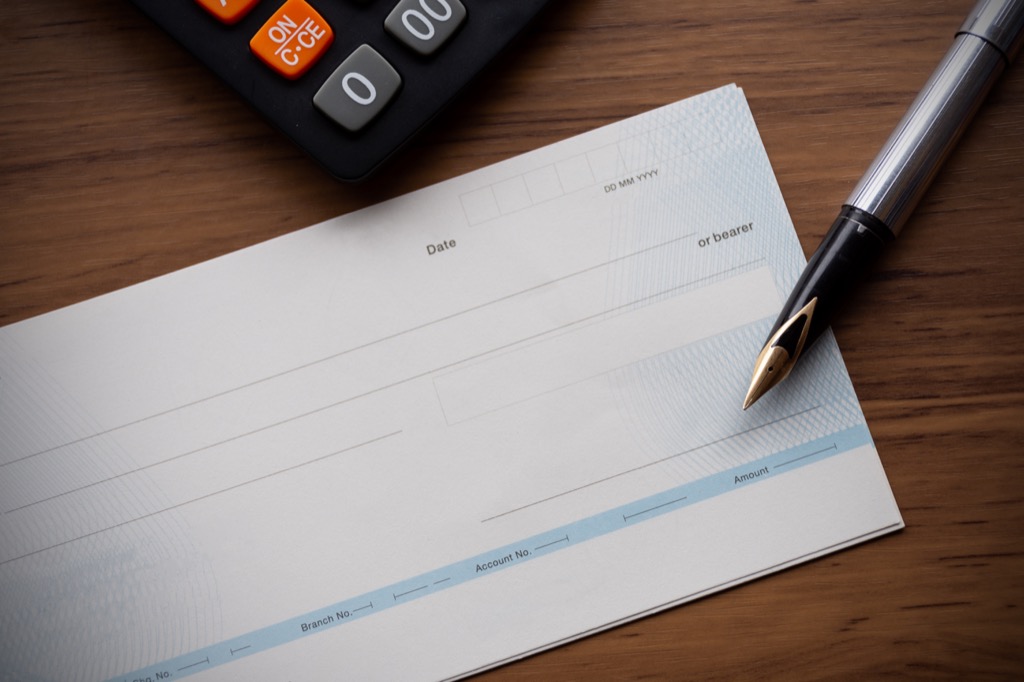
On some checks, the signature lines aren’t lines at all. Rather, in order to make the checks harder to replicate, these lines are actually comprised of phrases like “AUTHORIZED SIGNATURE,” “MICROPRINT SECURITY,” and “ORIGINAL DOCUMENT”—and since the font is so small, it looks like a regular line to the untrained eye.
6
The Color of Your Bread Tag

The bread tag you use to seal shut each loaf of seven grain and sourdough isn’t selected at random. Believe it or not, these tags actually use a color-coded system in order to indicate the day that they were baked. Blue tags are used for loaves baked on Mondays; green tags are used for loaves baked on Tuesdays; red tags are used for loaves baked on Thursdays; white tags are used for loaves baked on Fridays; yellow tags are used for loaves baked on Saturdays.
7
The Letter on Your Dollar Bill
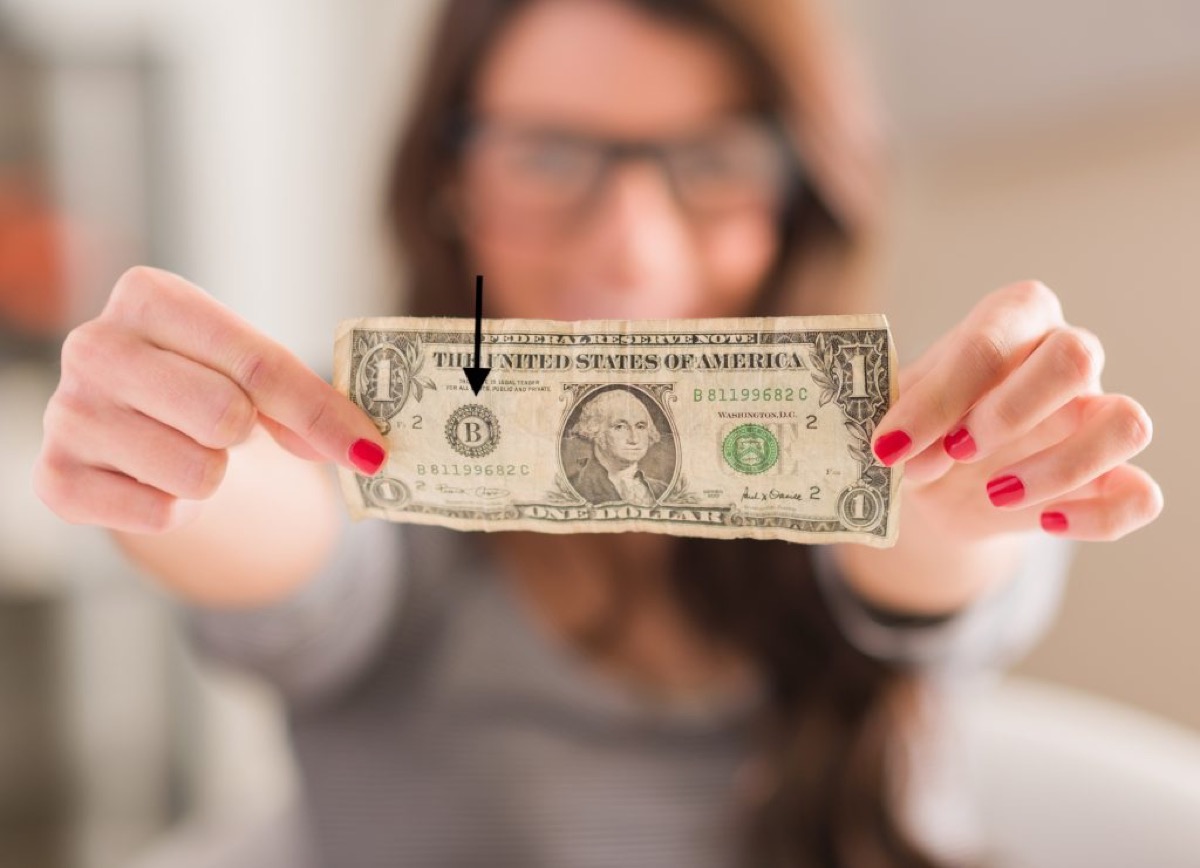
In the United States, there are 12 different Federal Reserve Banks tasked with printing paper money. And if you want to know which bank your one dollar bill came from, you don’t have to look very far. Each capital letter printed to the left of George Washington corresponds with one of the 12 banks. The bank codes are as follows:
A—Boston
B—New York
C—Philadelphia
D—Cleveland
E—Richmond
F—Atlanta
G—Chicago
H—St. Louis
I—Minneapolis
J—Kansas City
K—Dallas
L—San Francisco
Based on this table, the dollar bill above was printed in New York.
8
The Pom Poms on Hats

Today, people wear hats with pom poms because they’re an adorable winter accessory. However, that wasn’t always their only purpose. Back in the day, sailors would wear these accessories on their heads not because they were cute, but because the pom poms would prevent them from bumping their heads when they were below deck.
9
The Symbol on the Back of Beauty Products
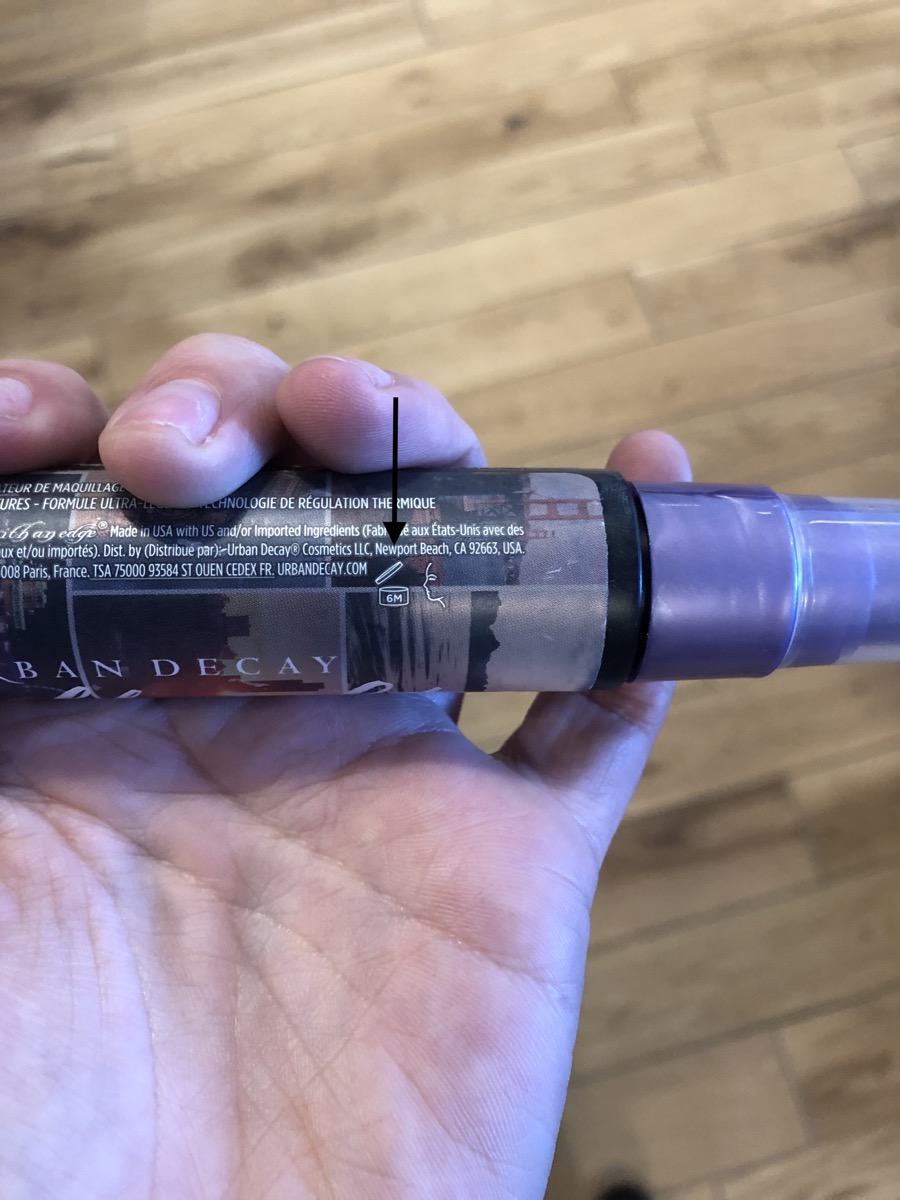
Unfortunately, even the most expensive makeup products don’t stay fresh forever. The good news? There’s an easy way to keep track of your facial cream’s freshness. On the back of most beauty products, you’ll find a small symbol like the one above that indicates how long after being opened a product will stay good for. This Urban Decay setting spray, for instance, is good for 6 months after being opened, as shown by the “6M” on the bottle.
10
The USB Symbol
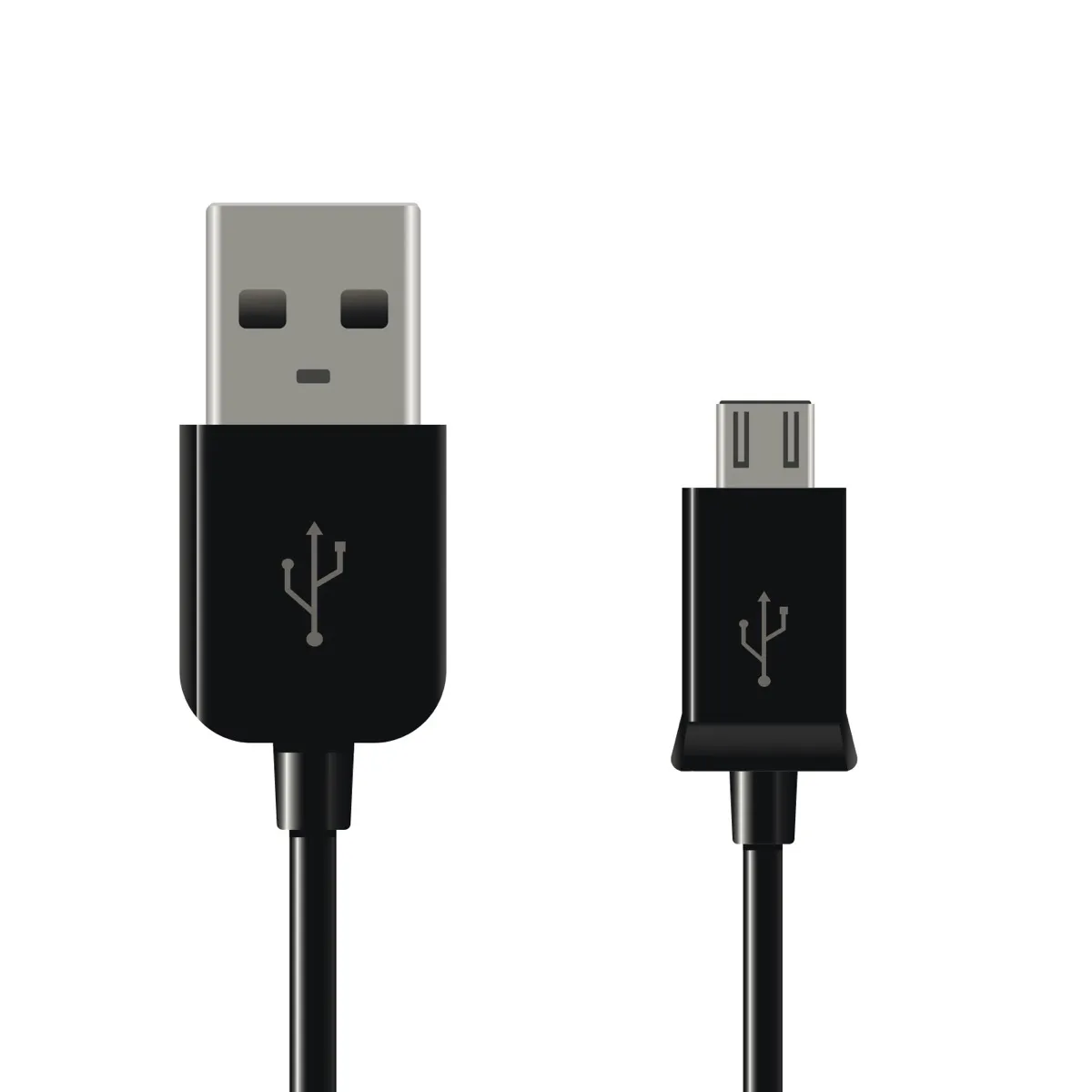
There’s a reason why the symbol on your USB cables looks so familiar. Evidently, the symbol’s designers used Neptune’s trident as the inspiration behind their design, and the circle, triangle, and square at the ends of each prong are meant to represent the multitude of connections USB cables can make.
11
The Hole in a Pasta Spoon

Use your spaghetti serving spoon to your advantage the next time you’re cooking up some carbs. That hole in the middle of the spoon is designed to measure out exactly one serving of spaghetti.
12
The Tiny Hole on the Bottom of a Lock
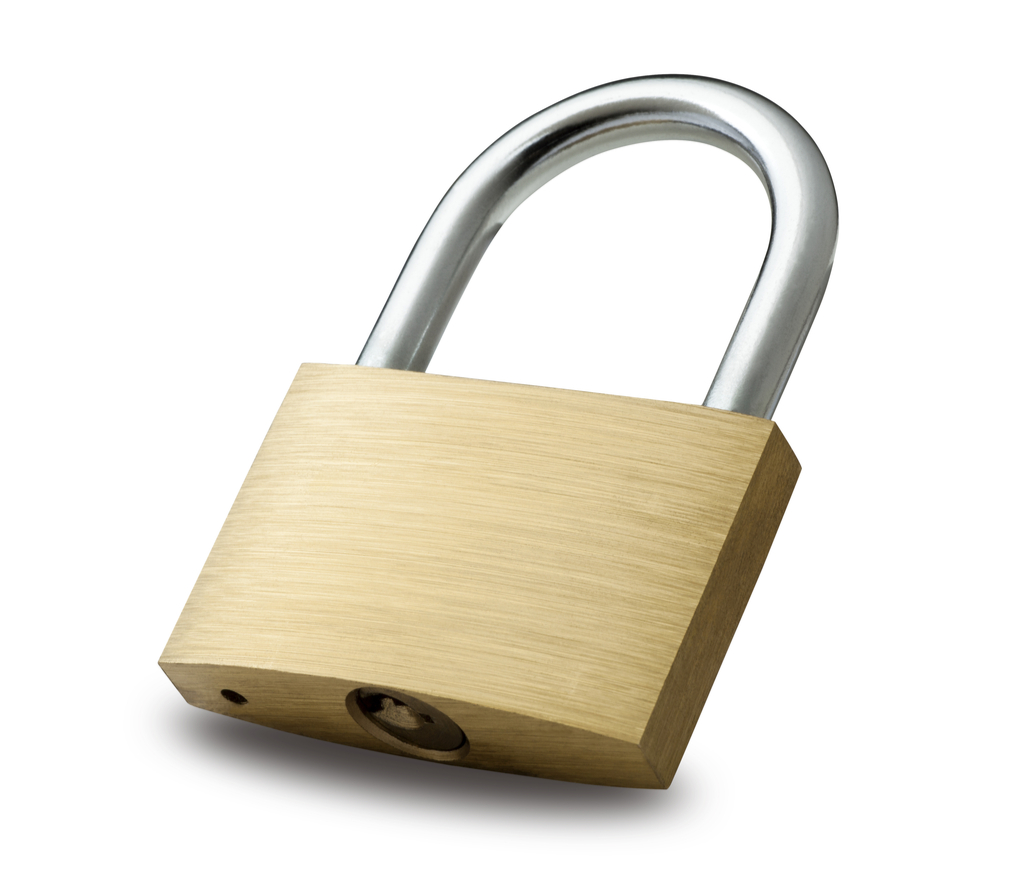
Turn any typical padlock over and you’ll find not one, but two holes. Of course, the big, key-shaped hole’s purpose is obvious—that’s the lock—but the smaller hole’s meaning is much more subtle. Evidently, this tiny opening allows for easy drainage after a lock has been submerged in water.
13
The Blue Bristles on Your Toothbrush

Though most people know that they’re supposed to get a new toothbrush or toothbrush head every three to four months, it’s hard to keep track of when you last bought a new brush. Luckily, there’s an easy way to know when it’s time to take a trip to the drugstore. According to dental care provider DentaLux, most toothbrush heads are equipped with blue bristles that turn white when it’s time for replacing.
14
The Letters “MP” on a Check
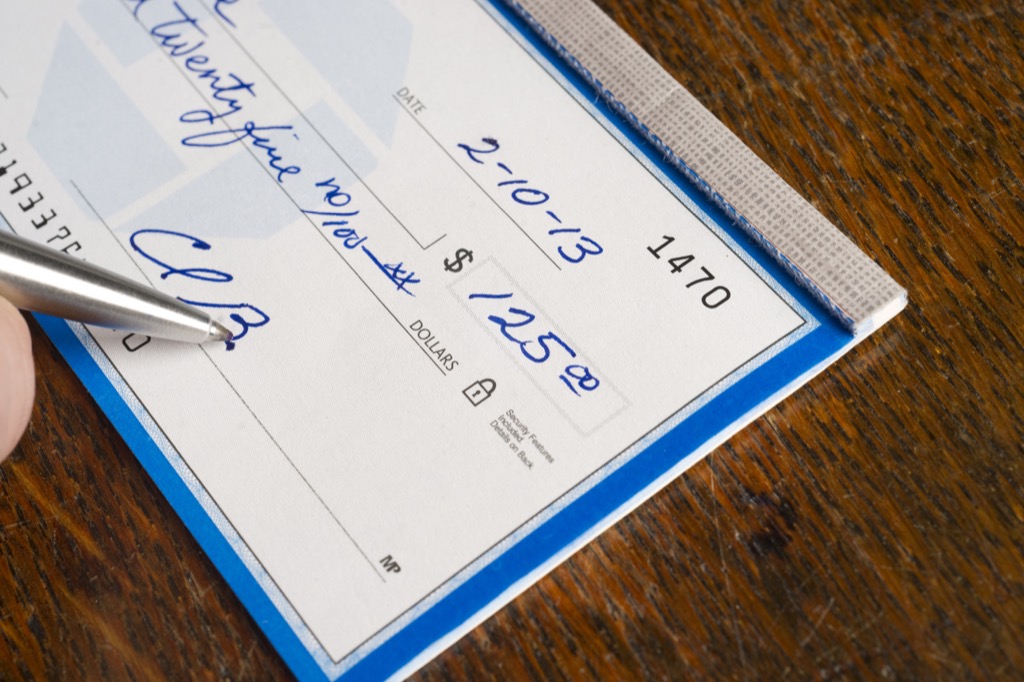
The letters MP that appear in the bottom right corner of most checkbooks aren’t initials or even the name of a company. They actually stand for the word microprint, which is the detailed printing process that manufacturers use in order to make it harder to replicate checks.
15
The Eagle on the Back of the Dollar Bill
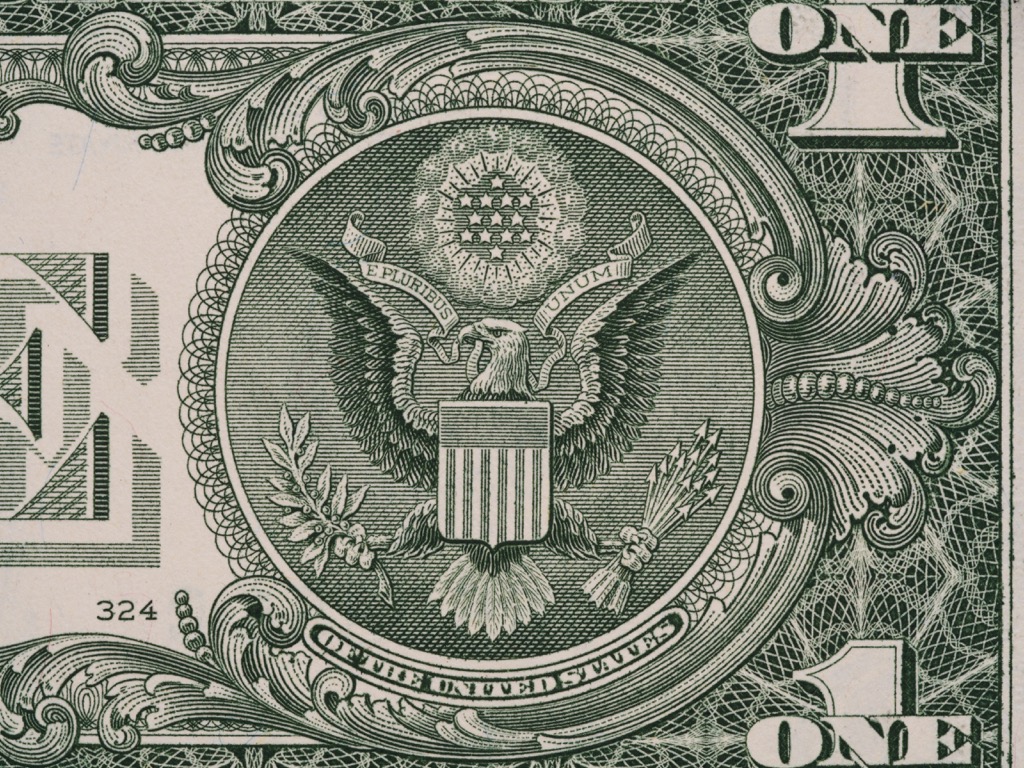
There are many secret messages hiding in the eagle on the back of the dollar bill. In its claws, for instance, there is both an olive branch with 13 leaves and a bundle of 13 arrows, with the number 13 representing the original 13 states.
16
The Ridges on Coins
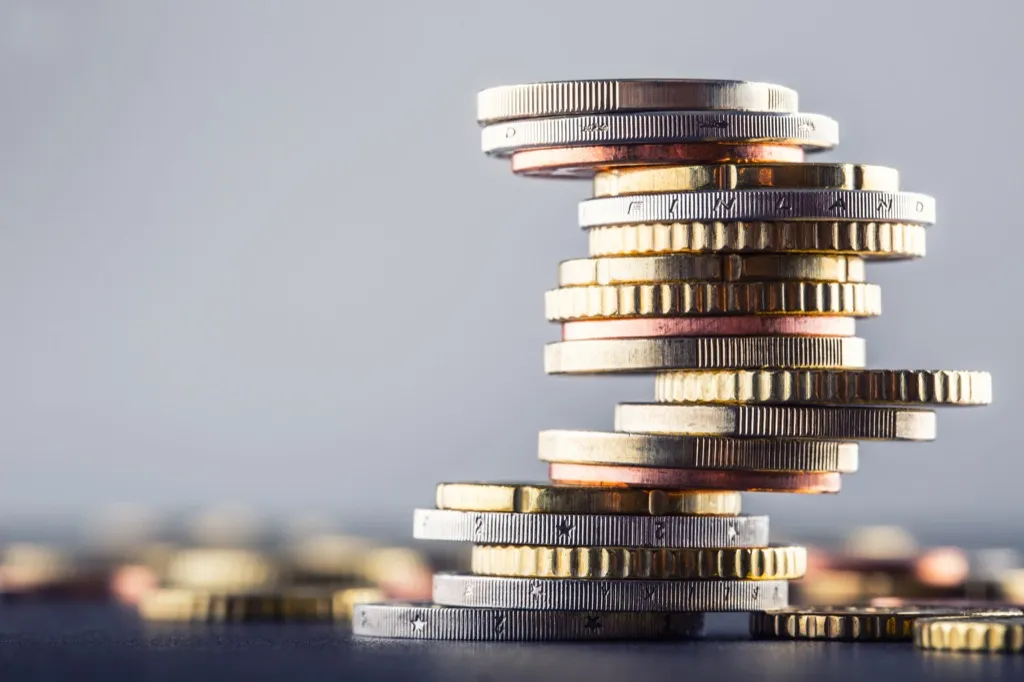
Back in the 18th century, criminals would file down the edges of coins and sell the precious metal. That’s why, toward the end of the century, the U.S. Mint decided to put ridges on the coins in a process called reeding, thereby thwarting the efforts of thieves lest they wanted to get caught.
17
The Barber Shop Pole
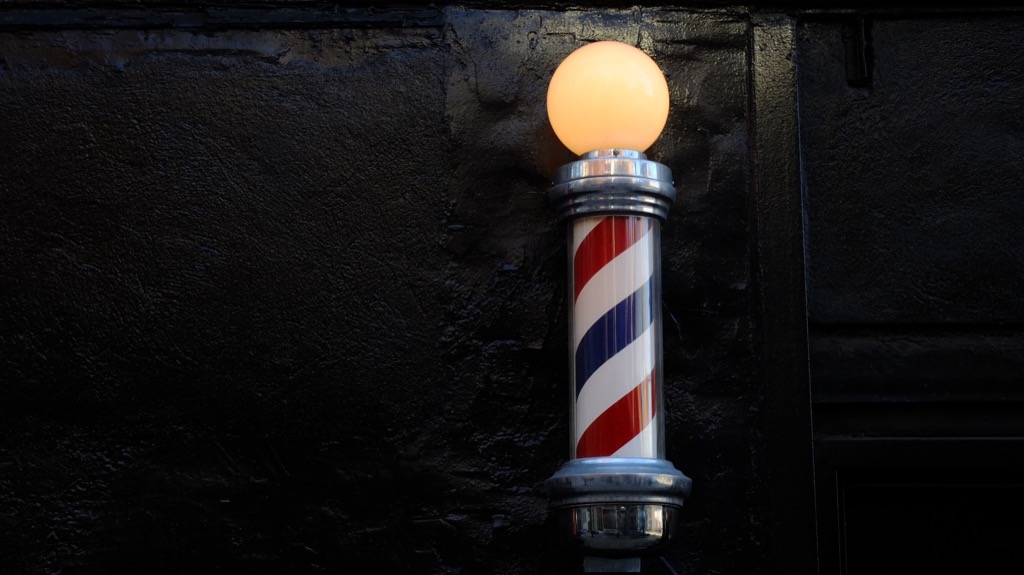
Barbershop poles aren’t red, white, and blue because of all the pride that barbers have for their country. As the History Channel explains, the colors and design “are a legacy of a (thankfully) long-gone era when people went to barbers not just for a haircut or shave but also for bloodletting and other medical procedures.” In the Middle Ages, barbers were tasked with bloodletting as clergymen were banned from doing it and doctors saw the task as too basic for their skills.
18
The Bluetooth Symbol
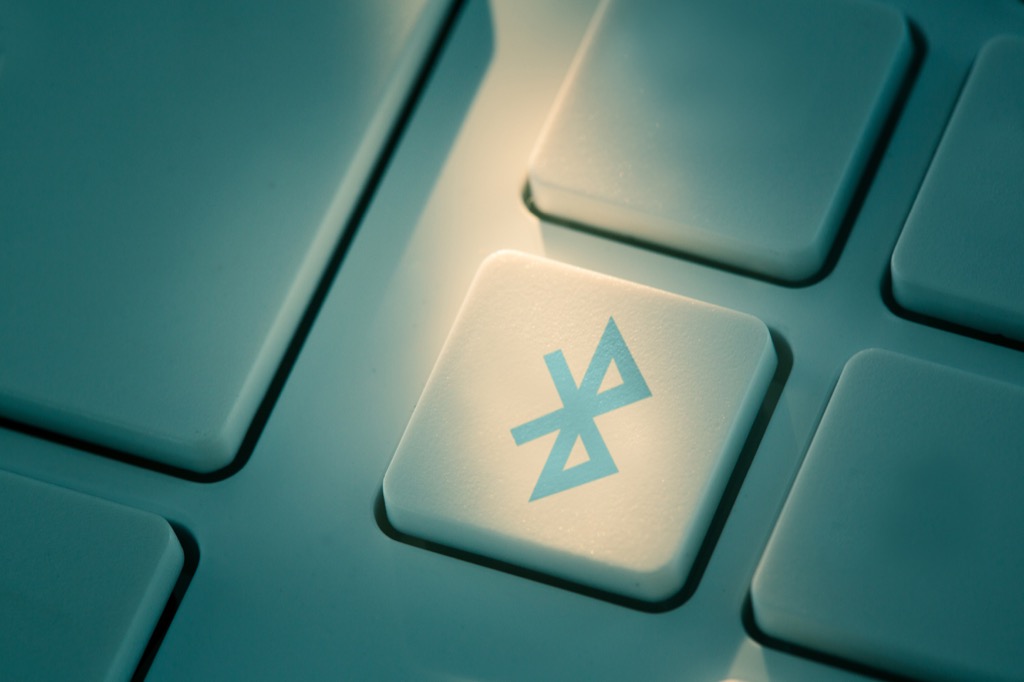
Back when Jim Kardach was developing the wireless technology that is Bluetooth, he happened to also be reading a book about King Harald Bluetooth, the Danish king who conquered areas in Norway and successfully united all of the tribes he ruled over. Kardach was inspired by the literature to name his technology Bluetooth, seeing as both the king and the tech served the purpose of aiding communication and unity. The symbol we know today is a combination of the ancient rune letters used by Vikings for H and B, Bluetooth’s initials.
19
The Pause Symbol
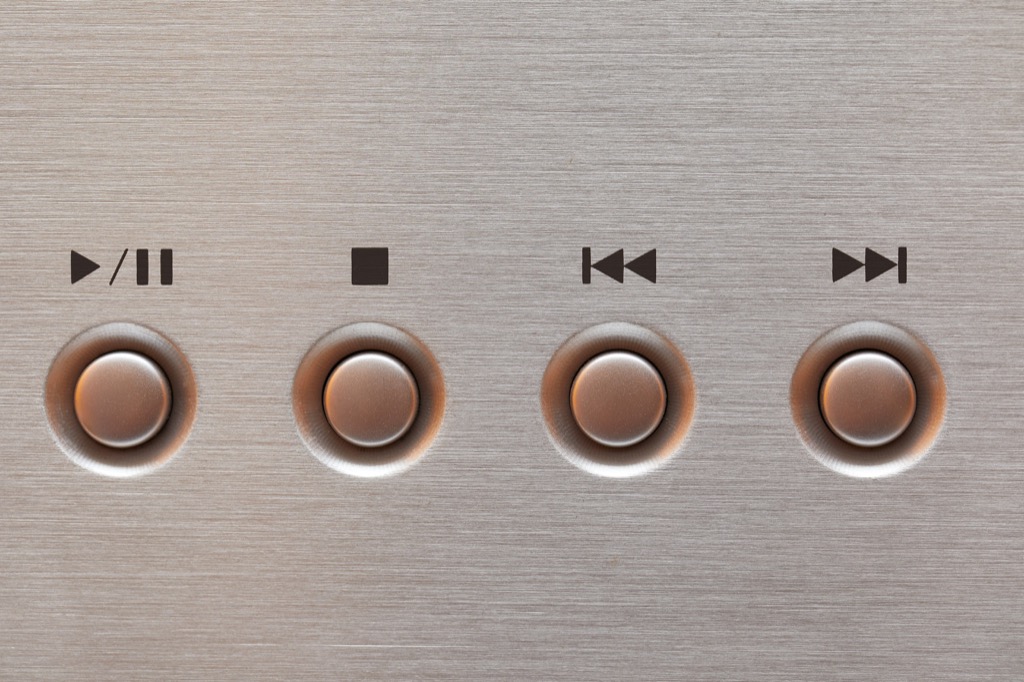
The pause symbol should look familiar to musicians. It’s modeled after the caesura, a music symbol that connotes a break or a pause.
20
Those Small Jean Pockets
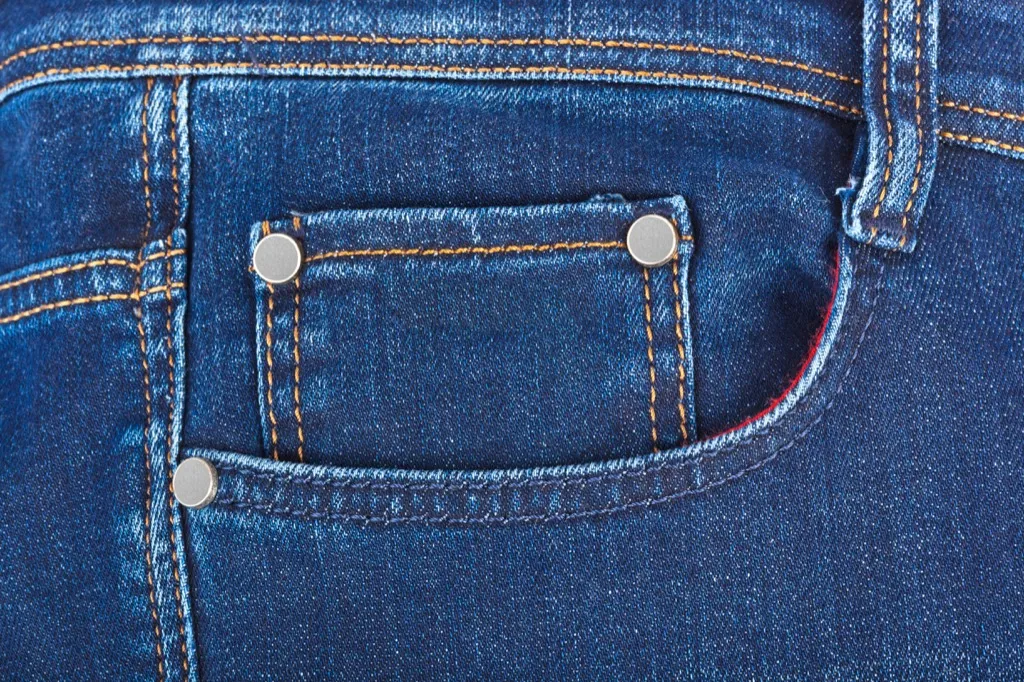
How could that tiny pocket on your jeans possibly serve a purpose? Well, it might not do you any good now, but way back when, that little pocket was actually the preferred place for storing a pocket watch. Who knew?!
21
The Roman Numeral on Tape Measures
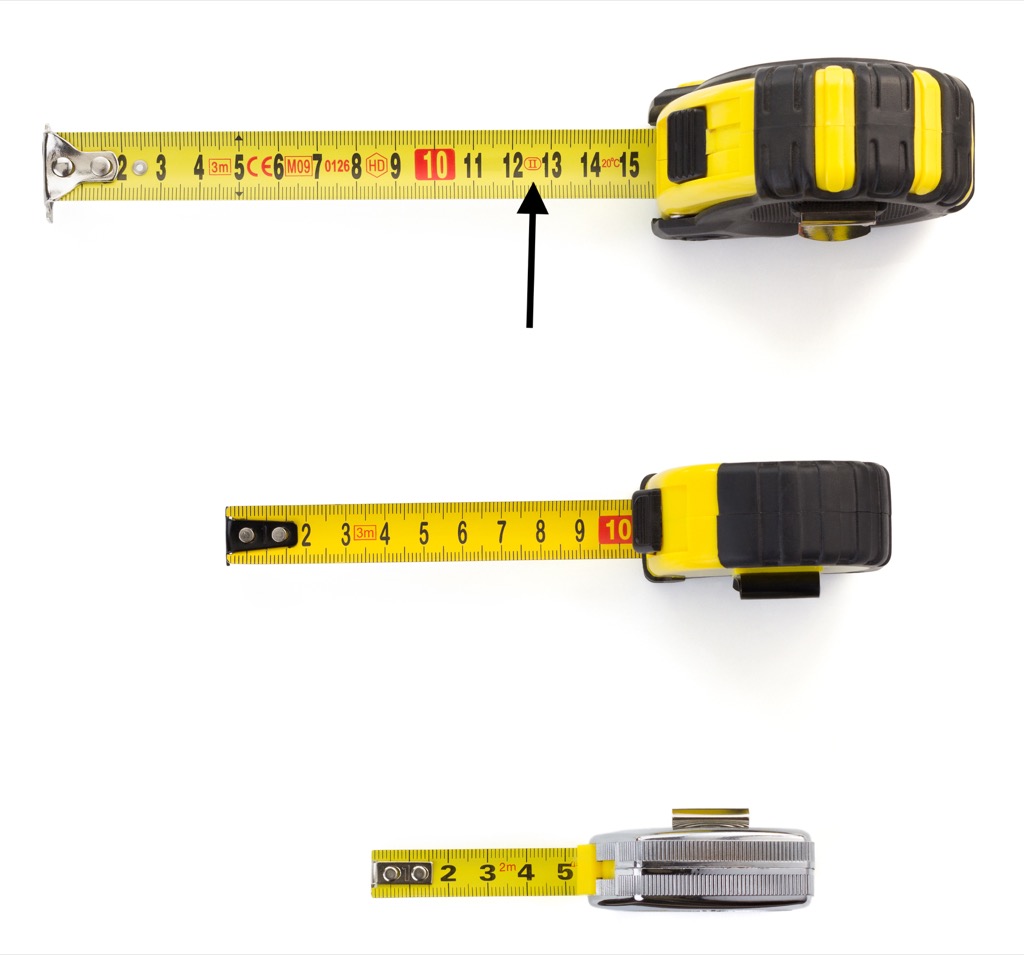
The Roman numerals printed on some tape measures have nothing to do with measurements. According to measurement-specialist site The Tape Store, these are used to indicate the accuracy of a tape measure, and lower numerals correspond with higher accuracy.
22
The Symbols on Your Garment Labels
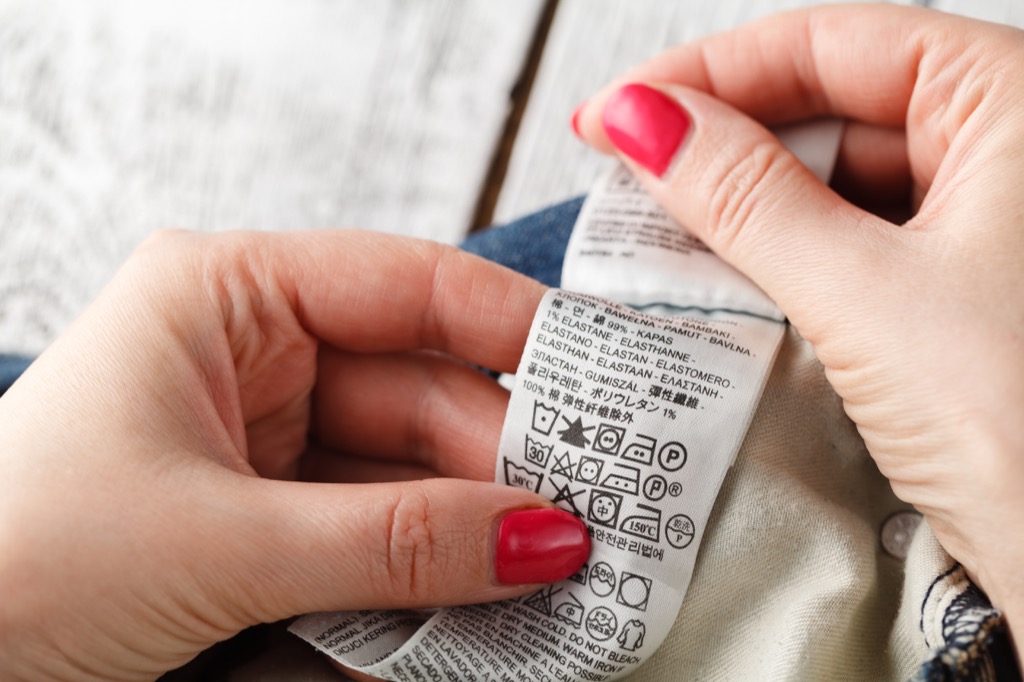
You don’t have to know hieroglyphics to understand what those symbols on your clothing labels mean. In all, there are six different types of symbols, and they’re used to indicate the proper machine cycles, machine temperatures, dryer cycles, bleaching processes, ironing processes, and dry cleaning processes for each garment. (You can view a complete table of the various symbols and their meanings here.)
23
The Grooves on Bobby Pins
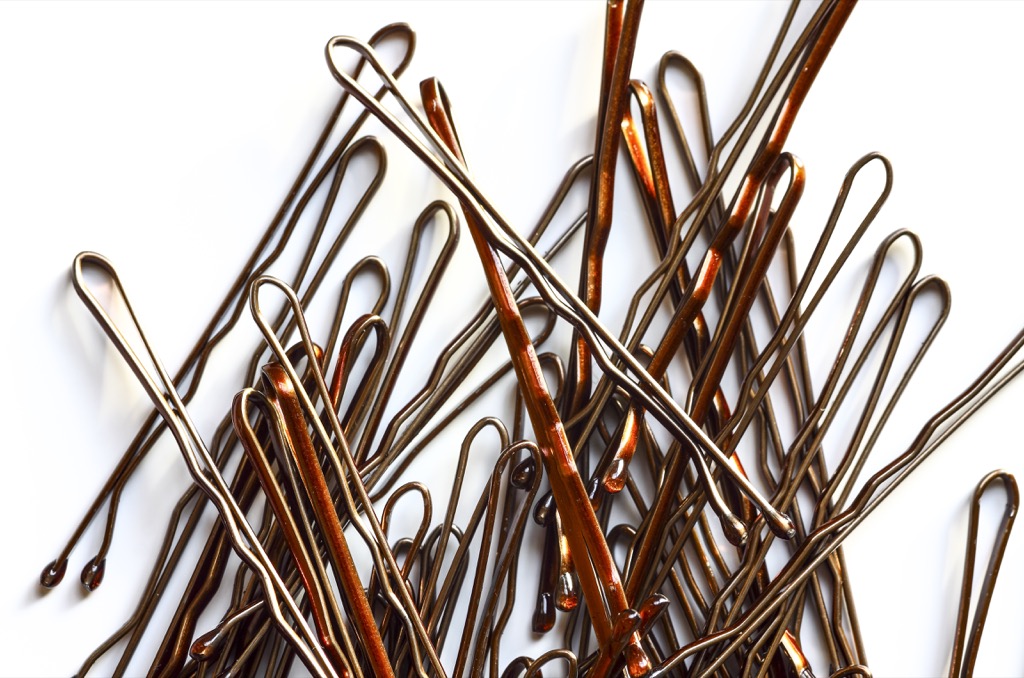
When you use a bobby pin in your hair, make sure that the side with the grooved edges is facing down. This part of the bobby pin is there intentionally to provide a firm grip and keep the product in place.
24
The Symbols on Containers

Flip any Tupperware container over and you’ll likely find symbols that look like snowflakes and silverware. These etchings aren’t random, however. As Reviewed points out, these symbols help clarify both how to use and how to recycle each container, and you can check out their website for a full description of what each symbol means.
25
The Holes in a Baseball Cap
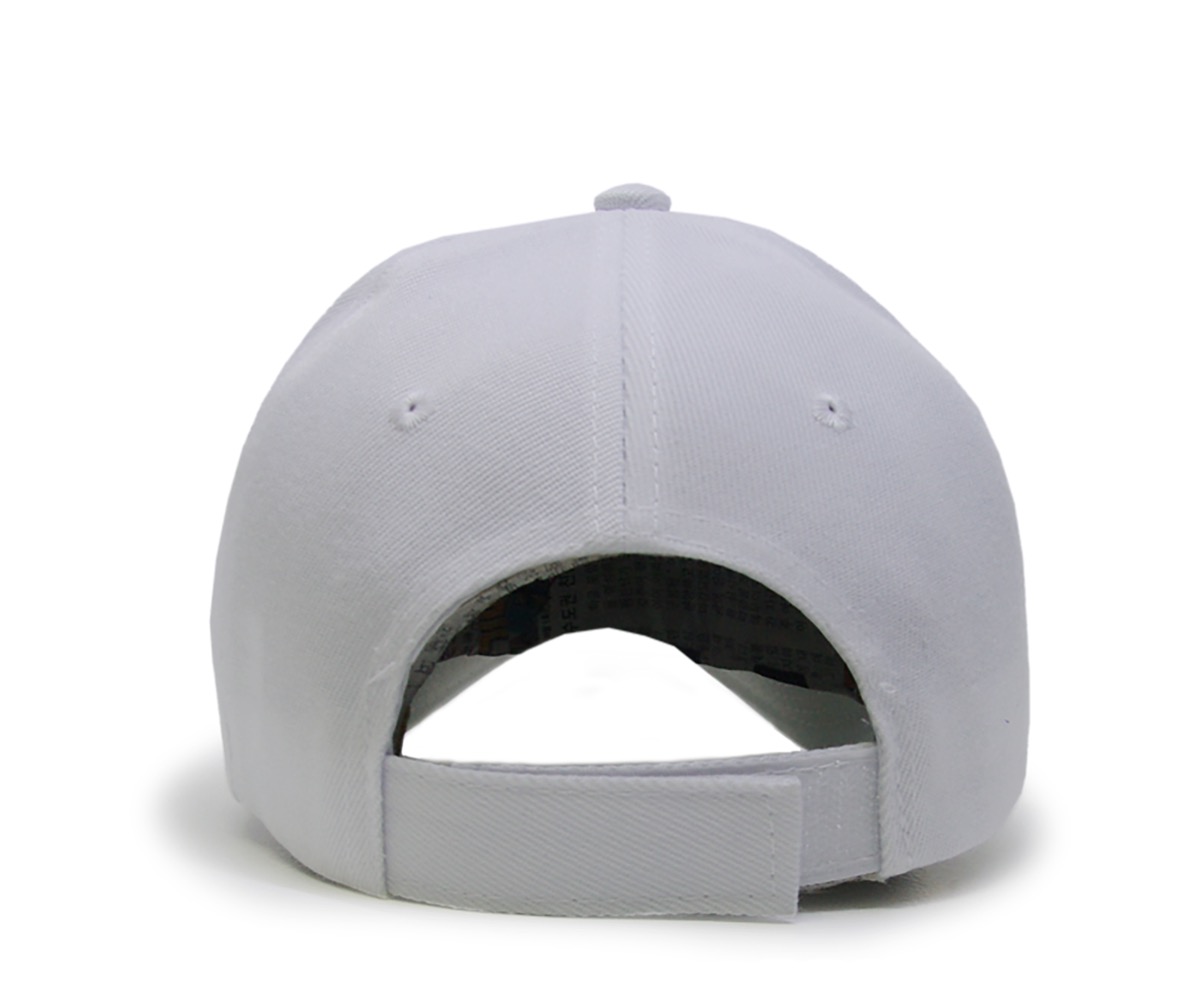
Have you ever noticed random little holes on your baseball cap? These holes actually have a name—eyelets—and they’re there not for appearance, but for ventilation.
26
The Groove in Tic Tac Lids
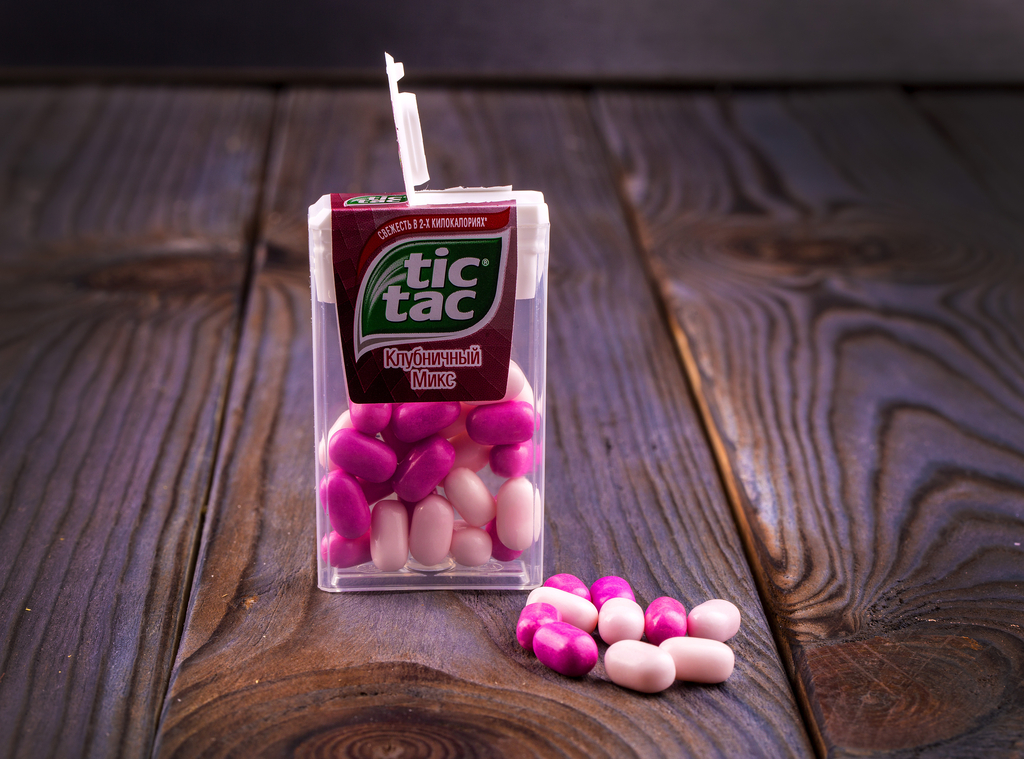
When someone asks for a Tic Tac and you only want to give them one, use the handy dandy server built into the lid of your Tic Tac container. When you open the container up to take out a Tic Tac, the groove in the lid is just big enough to fit a single piece of candy!
27
The Tiny Fabric Swatch That Comes with Your Clothing
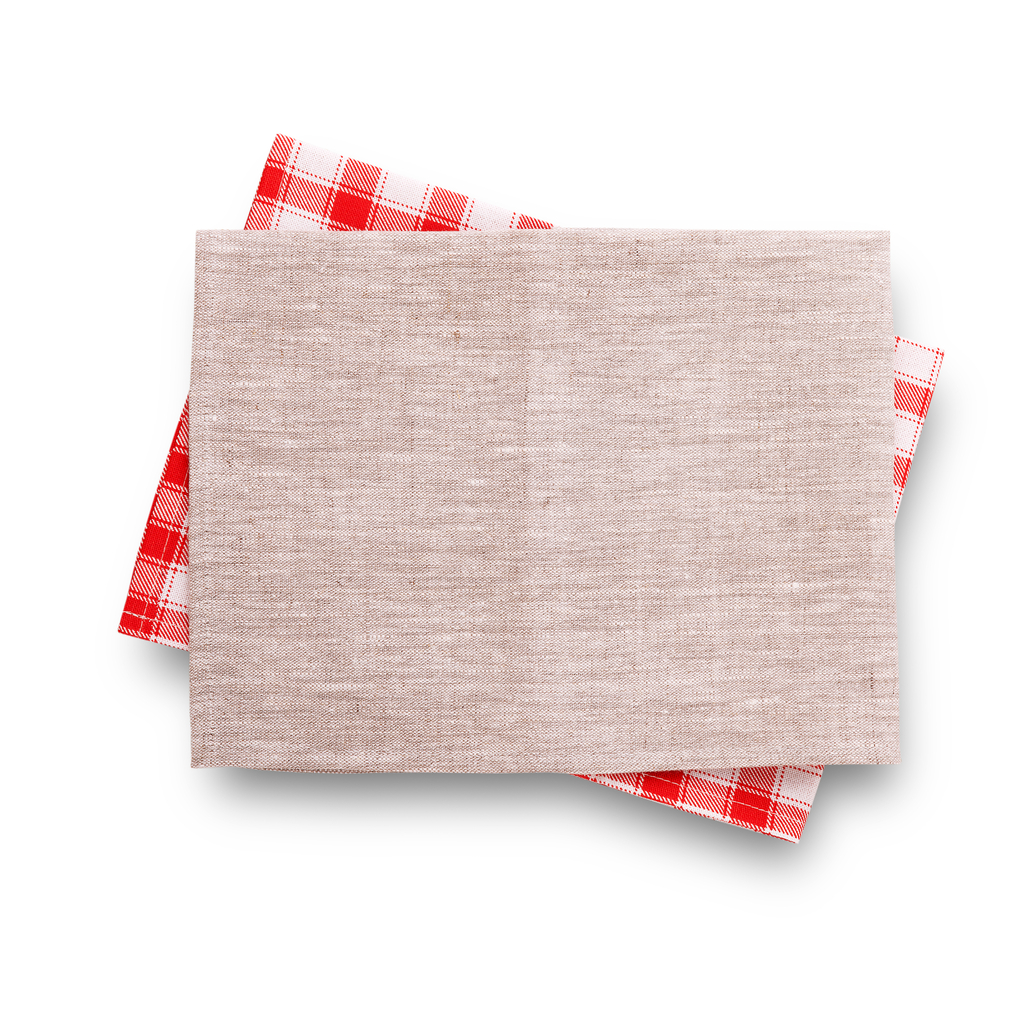
It’s a common misconception that the swatches of fabric that come with new articles of clothing are meant to be used when alterations and repairs are needed. Rather, these extra swatches are thrown in with most purchases so that you can test out the material of your new shirts and sweaters in the washer and dryer. If for some reason the fabric shrinks or stains, it’s better to know via a test run versus on the actual garment!
28
The Hole on Your Pen Cap
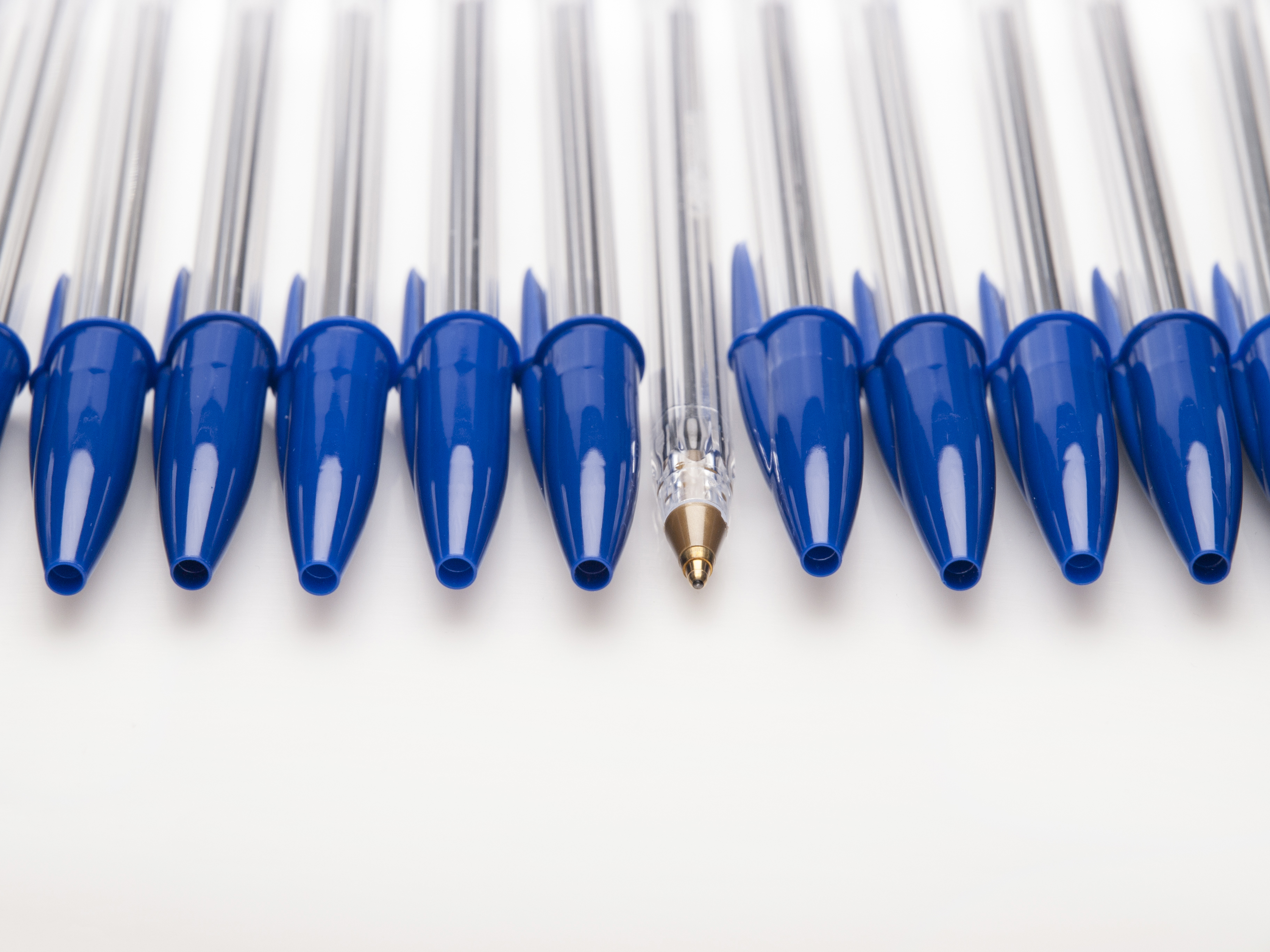
Those holes on the ends of your pen caps are not for aesthetics, but pragmatics. As many as 100 people die annually in the United States alone from choking on pen caps—and in order to bring this statistic down, pen manufacturers now design their pen caps with holes in them that allow air to pass through.
29
The Holes on Your Aluminum Foil Box
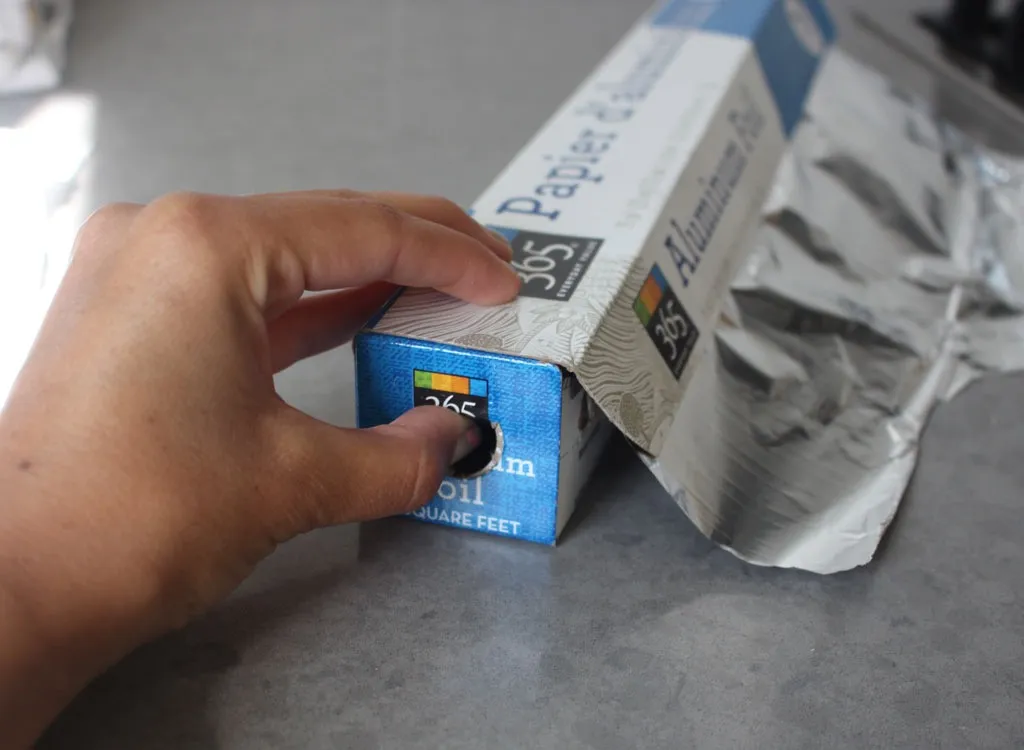
Say goodbye to unsightly and uneven pieces of aluminum foil. From now on, just make sure to press the two tabs located on either side of the box before you use your foil for perfect pieces; though it’s not well advertised, those tabs are there to keep the foil in place while you tear some off.
30
The Holes in Airplane Windows

If airplane windows must be closed at all times, then what the heck are those little holes at the very bottom of each window? Well, because the difference between the pressure inside an airplane cabin and the pressure at some 30,000 feet in the air is so significant, this tiny little hole is needed to regulate the pressure between the three panes that make up an airplane window. Without that little hole, each airplane window would shatter into pieces pretty much as soon as the plane hit cruising altitude.
To discover more amazing secrets about living your best life, click here to follow us on Instagram!